In the world of supplements, proving efficacy isn't the only obstacle. There are significant logistical hurdles to overcome before a supplement can be sold at scale.
Shelf life is a big one. If your supplement can't maintain its efficacy and usability, even while being warehoused for long periods or forgotten in the customer's kitchen pantry, then it may not be commercially viable.
Our partners at NNB Nutrition are working to solve shelf stability issues with many of the most common ingredients:
NNB's FlowTech Series – Fixing Supplement Shelf Stability Issues
After pioneering HydroPrime, the industry's superior form of glycerol, NNB Nutrition realized they had the industry by the tail and kept going. They asked, what other ingredients could benefit from this type of engineering? They launched their GeniusPure alpha-GPC next, and shortly after that, the entire NNB FlowTech line was released.
What Would A FlowTech-Only Pre-Workout Look Like?
The FlowTech line is sufficiently developed that you could design a complete product formula using only FlowTech ingredients. And that's exactly what NNB tasked us to do.
So, on this edition of PricePlow's Formulator's Corner, where we make hypothetical pre-workout formulations we'd love to see, we're going to do exactly that, and talk about how a FlowTech-only pre-workout could work.
Let's get into it, but first, sign up for our NNB Nutrition and FlowTech news alerts so that you get updated when new products come out with it inside:
Subscribe to PricePlow's Newsletter and Alerts on These Topics
Our Hypothetical FlowTech Pre-Workout Ingredients
Here's what's in The PricePlow FlowTech Formulator's Corner Pre-Workout:
-
FlowTech L-Citrulline – 8,000 mg
Citrulline is a semi-essential amino acid and crucial building block for the chemical messenger nitric oxide (NO).[1]
By semi-essential, we mean to say it's somewhere in the middle between essential and non-essential – your body can make some citrulline on its own, but only in quantities that often won't cover all of its nutritional requirements. If your goal is to maximize your body's production of NO, it's usually worth making a point of ingesting as much citrulline as you can through diet or supplements. Increasing your intake of semi-essential nutrients is especially important whenever you're under some kind of mental or physical duress, including workplace-related stress, hardcore sessions in the gym, injury, or illness.
Here's what the full citrulline-to-NO conversion pathway is Citrulline → Arginine → NO.
You're probably wondering, since arginine is the most direct NO precursor, why do we take citrulline instead? The answer is that citrulline's oral bioavailability is much higher than arginine's – so much higher that oral citrulline supplementation is actually more effective than oral arginine when it comes to increasing serum arginine levels.[2,3]
Citrulline's participation in the nitric oxide cycle and the urea cycle. The enzyme argininosuccinate converts citrulline to arginine, and arginine stimulates the production of nitric oxide
Benefits of additional NO
We want as much NO in circulation as we can get before we start a workout, because NO initiates a process called vasodilation, which causes the smooth muscle lining the inside of your arteries to relax, thus increasing arterial diameter. Bigger arteries means blood circulates more easily, leading to significant drops in heart rate and blood pressure.[4-6]
Vasodilation is also one of the primary mechanisms behind the pump valued by bodybuilders and weightlifters, thanks to the fact that it improves fluid retention in skeletal muscle.
Crucially, cardiovascular microvessels across the entire body, not only in muscle tissue, also expand in the presence of NO.[7] This can improve tissue perfusion, especially in peripheral tissues.
All of the foregoing benefits add up to one highly desirable effect: improved athletic performance and more efficient recovery from exercise, thanks to the fact the delivery of key nutrients like oxygen and glucose is improved, as is the removal of cellular-metabolic waste products.
Studies show that supplemental citrulline is capable of:
- Improving power output by increasing oxygen consumption[8]
- Extending athletic endurance by as much as 50%[9]
- Mitigating post-workout muscle soreness[9]
- Boosting the body's secretion of growth hormone in response to exercise[10]
- Decreasing the extent of muscle and protein catabolism[11]
- Amplifying anabolic response post-workout[12,13]
Citrulline didn't make a huge difference to the subjects' oxygen uptake, but it did significantly increase their power output. This suggests that citrulline is helping the body use oxygen more efficiently.
How citrulline can improve sleep
Supplemental citrulline can also increase your body's production of ornithine, an amino acid that helps the body get rid of a toxic metabolic waste product called ammonia.[14,15] Since ammonia buildup can create both mental and physical fatigue, eliminating ammonia faster through ornithine supplementation can indirectly boost endurance.
Ornithine can also help you sleep better and fight stress, because it increases the body's ratio of DHEA to cortisol.[15]
-
FlowTech Beta-Alanine – 6,400 mg
Beta-alanine is another amino acid that's known for its potent ergogenic effects. Recall that an ergogenic aid is defined as any substance or technique that can increase the body's capacity for physical activity.
Beta alanine boosts how long athletes last, which then turns into more overall workload... which, if you eat right, means more gains!
This ingredient works by linking up with another amino acid, histidine, to form a compound called carnosine that helps muscles get rid of lactic acid (AKA lactate).[16] Since lactate accumulation is a major factor in muscular fatigue, improving your body's ability to rid itself of lactate can ultimately increase endurance.
Studies consistently show that regular beta-alanine supplementation can improve time to exhaustion,[17,18] power output,[19] and even body composition.[20]
Two meta-analyses of beta-alanine studies found that a daily dose of 3,200 mg can substantially increase athletic endurance. Interestingly, beta-alanine seems most effective when supporting exercises at a specific intensity level – namely, when it's sustained anywhere between 30 seconds and 10 minutes.[16,17]
However, we don't have a 3,200 mg dose – we have twice as much beta-alanine in this formula!
Why 6,400 mg is better
It's believed that beta-alanine works over time by helping muscle tissue achieve carnosine saturation,[21] sort of like how creatine supplements work by helping your muscles reach creatine saturation. If that's the case, then we should be able to reach carnosine saturation faster by using a bigger dose, which is why we've seen a big formulation trend toward the 6,400 mg beta-alanine dose in recent years. Again, use creatine as the analogy – creatine loading is done with 4-5 times the 5 gram maintenance dose for exactly the same reason.
At least two studies have demonstrated that a 6,400 mg daily dose of carnosine can double muscle carnosine levels in just 2-4 weeks.[22,23]
Another two studies found that 179 grams of beta-alanine, taken over a 4-week period (6.4 grams per day) can significantly increase athletic endurance.[24,25]
-
HydroPrime – 5,000 mg
HydroPrime is a trademarked form of glycerol from NNB Nutrition. It's not specifically in the FlowTech series, but it's the first notoriously-clumpy ingredient to receive NNB's wizardry.
Glycerol is an osmolyte, a class of small organic molecules that help regulate osmotic pressure and protect cellular structures, in organisms exposed to extreme environmental conditions. More specifically, consuming glycerol increases osmotic pressure in the bloodstream and draws water into your cells.
Once your cells have been fortified by extra water, they're thus more resilient to heat stress, and have greater access to water-soluble nutrients. This state of cellular hyperhydration has an ergogenic effect.[26]
Unsurprisingly, glycerol is also renowned for its ability to induce a gnarly pump — an effect prized by weightlifters and bodybuilders.[27]
Be sure to take glycerol with plenty of water – obviously, for extra water to enter your cells, your body needs to have extra water on hand.
-
FlowTech Acetyl L-Carnitine – 2,000 mg
Acetyl L-carnitine (ALCAR) is a form of carnitine noted for its ability to protect the brain, facilitate the growth of new neurons and neural connections, and improve cognitive performance.
ALCAR shares its basic mechanism of action with all other forms of carnitine – it facilitates the transport of fatty acids into the mitochondria where they can be oxidized to generate ATP (adenosine triphosphate), the primary energy currency of cells.[28] Any type of cell requires an uninterrupted supply of ATP to survive and thrive, including neurons, which are perhaps the most sensitive to disruptions in energy availability of any cell type.
When it comes to improving brain health and function, the reason ALCAR is so much more effective than other forms of carnitine is that it's capable of crossing the blood-brain barrier, whereas other forms of carnitine are not. This property enables ALCAR to have a much greater impact on the workings of the brain.[29]
Animal studies show that ALCAR supplementation can substantially increase neuroplasticity and improve learning outcomes.[30]
One human study, conducted in elderly men and women (i.e. over 65) with mild cognitive impairment, found that supplemental ALCAR significantly increased the participants' scores on a battery of cognitive tests, compared to a placebo control.[31]
Improves mood
Because of its neuroprotective effects, ALCAR can help lessen the severity of depressive symptoms.[32] Studies consistently find that carnitine levels are inversely correlated with risk and severity of mood disorders.[33] There's even a whole meta-analysis on ALCAR supplementation for depression, which concludes by saying that ALCAR supplementation "significantly decreases depressive symptoms compared with placebo/no intervention, while offering a comparable effect with that of established antidepressant agents with fewer adverse effects."[34]
However, further research is needed to corroborate these findings.[34]
-
FlowTech S-adenosyl-L-methionine (SAMe) – 400 mg
S-adenosyl-L-methionine (SAMe) is a coenzyme derived from the amino acid methionine and adenosine triphosphate (ATP). As an important methyl donor, SAMe has the potential to beneficially impact a number of key metabolic processes. In fact, SAMe is one of the most-commonly consumed enzyme substrates in the entire body – second only to ATP itself![35]
SAMe (here referred to as AdoMet, short for adenosine-methionine) is produced by a chemical reaction whose substrates are L-methionine and ATP. The reaction is catalyzed by an enzyme called methionine adenosyltransferase.[36]
This coenzyme is crucial for cognitive and emotional health. Thanks to a compelling and growing body of evidence that indicates SAMe could be useful for managing the symptoms of major depressive disorder (MDD),[37] it has received a lot of attention in the past decade from scientists, mental health practitioners, and journalists.
In fact, a 1994 meta-analysis showed that SAMe supplementation is superior to placebo for improving depressive symptoms and comparable to tricyclic antidepressants,[38] with a 2020 meta-analysis finding that in most of the studies it reviewed, SAMe performed as well as SSRis.[39]
So, how can this be?
The big thing to know about SAMe is that somehow, administration of this coenzyme appears to significantly increase catecholamine neurotransmitter concentrations in the brain. This has been shown in animal studies that performed direct measurements in cerebral tissue.[40] Other animal research has demonstrated that chronic SAMe administration can increase dopaminergic tone in key brain regions, implying significant dopamine upregulation.[41]
Although SAMe mechanism of action upon neurotransmitters isn't entirely clear, it seems to involve enhanced methylation of catecholamines, accelerated serotonin turnover, norepinephrine reuptake inhibition, dopamine upregulation, prolactin downregulation, and phosphatidylcholine synthesis.[42,43]
SAMe (here referred to as SAM) is an important cofactor for the methylating action of catechol-O-methyltransferase (COMT), an important neurochemical mechanism.[44]
Proper COMT function is required for the conversion of dopamine to a methylated form called 3-methoxytyramine (3-MT), which plays an important role in the brain's self-regulation of neurotransmitter levels.[44] Although you might think more dopamine is better, and perhaps it can be under certain circumstances, the relationship between COMT and depression is complex, with some research showing that COMT inhibition can significantly worsen pain and depressive behaviors in animals.[45]
Other studies have found that COMT inhibition can improve depressive symptoms, when it results in a net increase in SAMe availability.[46] So, although these may sound like conflicting results, the takeaway is that regardless of how COMT activity interacts with an individual's biology, more SAMe seems to be better.
SAMe is an important precursor to the synthesis of glutathione (GSH), your body's master endogenous antioxidant.[47]
Besides its effect on neurotransmitters, SAMe appears to significantly reduce oxidative stress in the brain, thanks to its ability to both inhibit lipid peroxidation and also upregulate endogenous antioxidants like glutathione.[48] Since oxidative stress is currently proposed as a causative — or at least contributory mechanism in the onset of major depression [49] — SAMe's antioxidant effect alone could explain most of its antidepressant action.
Regardless of the mechanism, a robust body of research indicates that SAMe supplementation can improve mood and perceived energy levels. Besides its potential usefulness in managing depressive symptoms,[41,42] SAMe also appears to have a powerful neuroprotective effect, which is probably best understood as a consequence of its ability to upregulate the brain's antioxidant defenses.
Randomized controlled trials in animals have found that SAMe can reverse chemically-induced cognitive deficits, largely by decreasing cerebral oxidative stress.[47,50,51]
Furthermore, postmortem analysis of brain tissue taken from Alzheimer's patients has found severely decreased SAMe levels, indicating that SAMe deficiency may drive neurodegenerative processes.[52]
Recovery from exercise and muscle growth
Although it's not as extensively studied as SAMe's relationship to cognitive health, there does seem to be a link between SAMe and muscle growth. For one thing, SAMe seems to play a central role in mammalian target of rapamycin complex 1 (mTORC1) signaling, and has also been shown in animals to increase mitochondrial density within skeletal muscle tissue.[53,54] Both of these mechanisms imply that SAMe could have some kind of anabolic effect.
Other research has found that when SAMe levels drop too low, cellular proliferation is halted.[55] Since muscle protein synthesis is fundamentally a process of cellular proliferation, SAMe deficiency could theoretically impair the anabolic response.
Joint health
Since SAMe is a sulfur-containing compound, and sulfur is of crucial importance for joint health, you might expect SAMe to benefit joint health – and you'd be right. A large, robust, and growing body of evidence shows that SAMe can significantly improve symptoms of osteoarthritis, sometimes even outperforming approved prescription drugs.[56-59]
-
GeniusPure Alpha-GPC (90% yield) – 300 mg
Alpha-GPC is a form of choline that's prized for its exceptional bioavailability and, crucially, ability to cross the blood-brain barrier.[60] Just like ALCAR is the nootropic form of carnitine, so too is alpha-GPC the nootropic form of choline.
One double-blind, randomized, placebo-controlled study from 2018 found that regular alpha-GPC administration improved human subjects' scores on the KOKORO scale, which measures mood and cognitive status according to a four-quadrant scale that measures feelings of security, anxiety, excitement, and irritability.[61] Notably, alpha-GPC's impact on KOKORO scores was especially pronounced in the evening hours, which means alpha-GPC may be a good alternative to caffeine if you need to stay up late but don't want to decrease the quality of the sleep you do get.
Compared to other forms of choline, alpha-GPC is possibly the most-studied. Randomized controlled trials consistently show that alpha-GPC supplementation can improve behavior and cognitive performance in Alzheimer's disease[62,63] and vascular dementia,[64,65] a form of cognitive impairment caused by the hardening of cerebral arteries.
NNB Nutrition is proud to announce GeniusPure Alpha-GPC, which is patent-pending stabilized alpha-GPC at 70% or 90%!
Some really interesting animal studies have shown that alpha-GPC, besides crossing the blood-brain barrier, may even help repair it and restore its ability to keep toxins out of the brain.[66] This makes alpha-GPC a promising longevity compound, although further research is needed to replicate this effect in humans.
A study in rats gives some unique insight into the precise mechanism of action behind alpha-GPC's neuroprotective effects. In this study, when rats had their cerebral circulation impaired, alpha-GPC both helped re-establish normal blood flow to the brain and also helped protect the oxygen-deprived neurons from oxidative and inflammatory stress.[67]
The backstory on Alpha-GPC's clumping, and how GeniusPure saves the day
Next up was GeniusPure alpha-GPC, a nootropic form of choline detailed in this article. Standard alpha-GPC is way more hygroscopic than even glycerol. In fact, 99% pure alpha-GPC bricks within seconds of air exposure – so quickly you can watch it happen.[68] For this reason, wholesale alpha-GPC is mixed with stabilizing ingredients like silica and calcium phosphate to limit the extent of its clumping and bricking.
Over time, though, it has become clear that stabilizers leave much to be desired. For one thing, they only slow alpha-GPC's bricking process, meaning that even stabilized alpha-GPC faces the same shelf-life issues as generic glycerol. Second, it's inefficient – added mass takes up precious space in supplements, contributing to shipping expenses which are ultimately passed onto the consumer.
That's why many alpha-GPC-containing supplements list this ingredient with a percent yield. Sometimes this number is as low as 50%, meaning that for every gram of "50% yield alpha-GPC," you're only getting 500 milligrams of actual alpha-GPC, with the other 500 milligrams consisting of stabilizer ingredients.
Well, just like they did with glycerol, NNB set out to solve this problem – and the result of their efforts is GeniusPure alpha-GPC, an extremely high-yield form that's hygroscopically stable.
NNB's 70% yield GeniusPure alpha-GPC was much less susceptible to hygroscopic gel-ification than generic 50% yield alpha-GPC.
As you can see from the accompanying photographs, when NNB tested GeniusPure's ability to withstand humidity exposure, it absolutely blew generic alpha-GPC away. Realize, too, that in these tests, the humidity level was a whopping 65%, which is far higher than you'd see in the typical home or storefront. Still, even after extended exposure to high levels of humidity, GeniusPure remained far less compromised than the generic alpha-GPC.
Note, too, that GeniusPure outperformed the generic stuff at a higher yield – 70% yield GeniusPure was more resistant than 50% yield generic alpha-GPC. In other words, NNB got far better results with only half as much material given over to stabilization.
But if that's not enough for you, consider the results of NNB's 90% yield GeniusPure tests – of course, it's not quite as stable as the 70% yield GeniusPure, but still vastly superior to generic 50% yield alpha-GPC.
GeniusPure was released before the rest of FlowTech, but is the first to use this technology. You can read more about it in our article titled "GeniusPure Alpha-GPC: Stable Alpha-GPC 70% and 90% from NNB Nutrition".
-
FlowTech Phosphatidylserine – 300 mg
Phosphatidylserine (PS) is a phospholipid and crucial building block for the myelin sheath that insulates nerves. Your nerves actually transmit information as electrical impulses, and without myelin to focus the signal, those impulses dissipate without reaching their target. Ultimately, this inability of demyelinated nerves to efficiently transmit signals leads to neurodegeneration,[69] which means that supporting healthy myelination through adequate intake of nutrients like PS is of extreme importance.
Some research has found an inverse relationship between PS intake and risk for cognitive decline or mood disorders.[70-73]
Other studies have demonstrated that PS supplements can improve stress resilience and decrease the severity of anxious symptoms.[74] Especially high doses of PS can decrease cortisol, a corticoid stress hormone that can interfere with cognitive performance.[75]
Some research even shows that PS supplementation can improve athletic endurance.[76]
Again, this is a hypothetical formula, just to give supplement formulators and manufacturers an idea of what can be done. We love that the trusted and tested minds at NNB can support an entire pre-workout supplement now!
Conclusion
In supplement science research, the evidentiary gold standard is the randomized, double-blind, placebo-controlled study. This type of study design does the most to minimize the potential for biased results, and thus, their results are taken very seriously. If your supplement does well in just one or two high-powered randomized controlled trials, its commercial future is generally very bright.
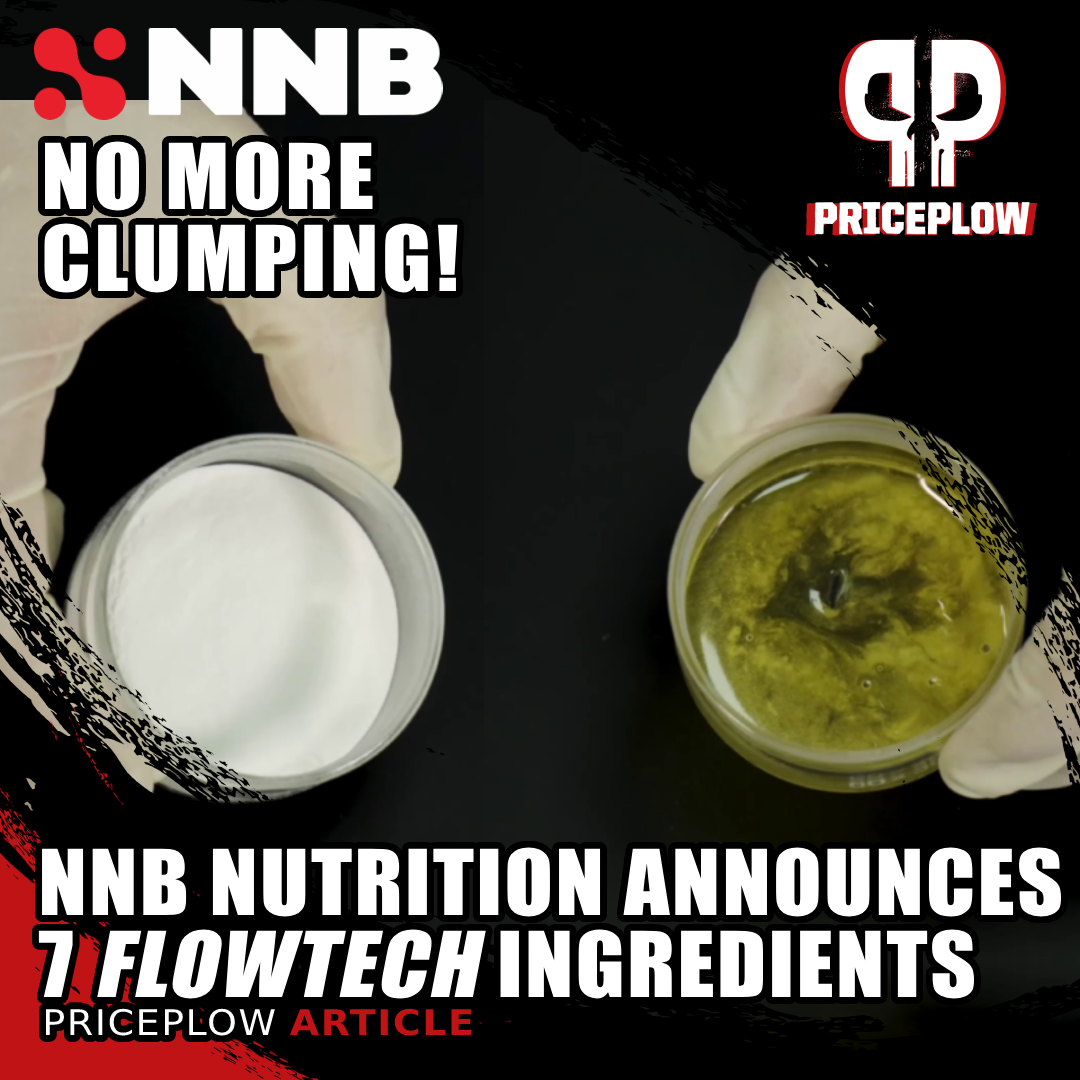
Tired of clumpy supplements? NNB Nutrition sure is, so they're fixing the problem with their new FlowTech Technology, available in 7 different ingredients like citrulline, beta alanine, acetyl L-carnitine, and more!
However, proving efficacy is not the only obstacle. As with any consumer packaged goods (CPG) product, there are significant logistical hurdles to overcome before a supplement can be sold at scale.
When one considers the history of the supplement industry, it's easy to find examples of efficacious supplements that have been hamstrung by a short shelf life.
Take glycerol for example. Generic glycerol is hygroscopic, meaning it absorbs moisture from the surrounding environment. Thus, when stored for long periods of time, it has a tendency to clump, and eventually turn into an indestructible, congealed mass. This outcome is known as bricking. Despite its many athletic benefits, glycerol fell out of favor with both consumers and formulators who were tired of entire glycerol-containing products being rendered totally unusable by ambient moisture.
HydroPrime was created to solve this problem. NNB developed a novel technique for stabilizing and powderizing glycerol, which prevents bricking and dramatically increases HydroPrime's shelf life.
Because of NNB's HydroPrime, glycerol is back on the scene, and more popular than ever. But NNB didn't stop there - they took it many steps further with the new FlowTech series.
For you supplement veterans out there, hopefully this article has shown you that the NNB FlowTech line has the potential for opening up some really interesting formulation possibilities. We have never seen big doses of glycerol, SAMe, and high-yield alpha-GPC in the same product...yet. Thanks to the FlowTech ingredients, we're hoping it won't be too long before we do.
You can read more about FlowTech in our article titled NNB Nutrition FlowTech: Non-Clumping Ingredient Technology, or sign up for our NNB Nutrition and FlowTech news alerts below:
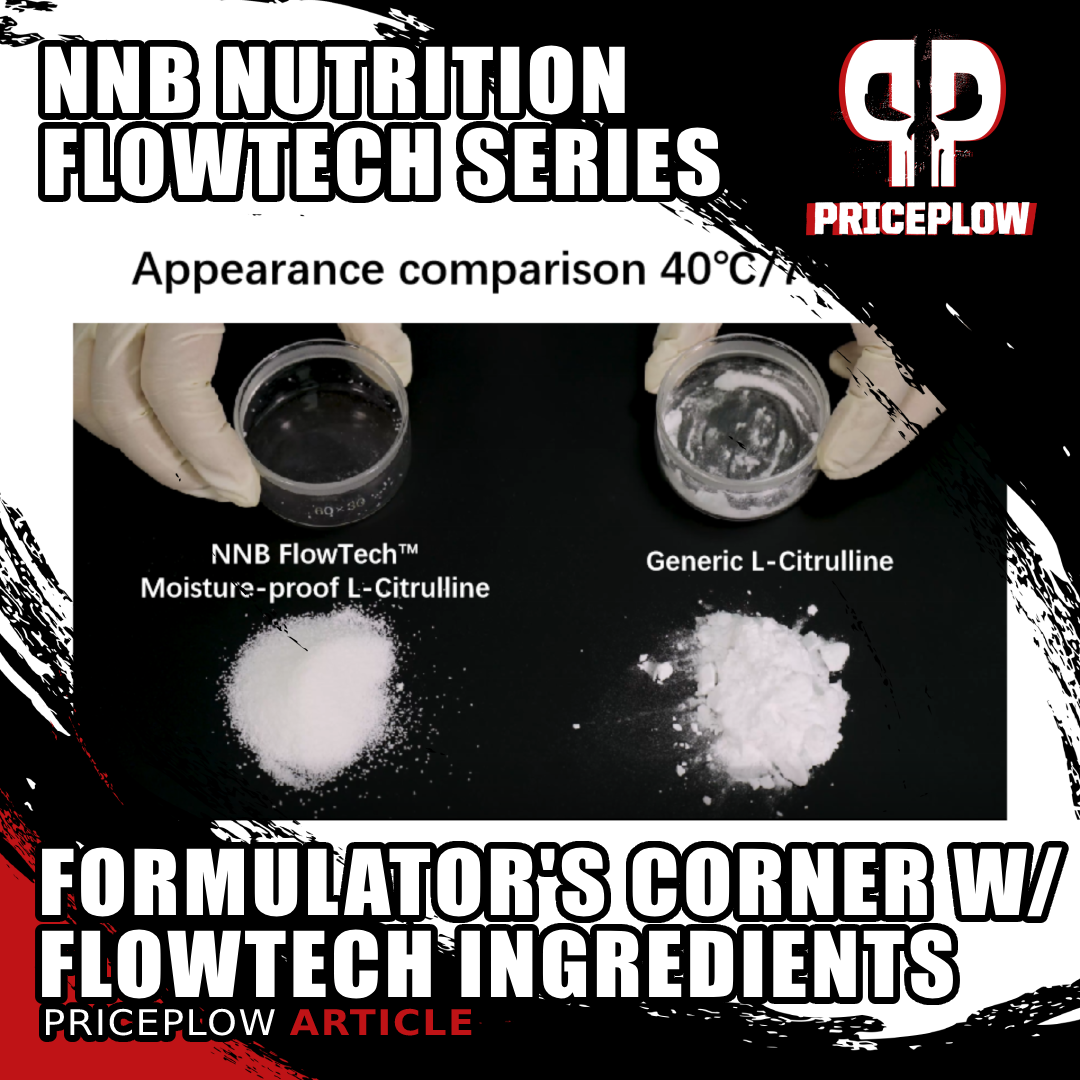
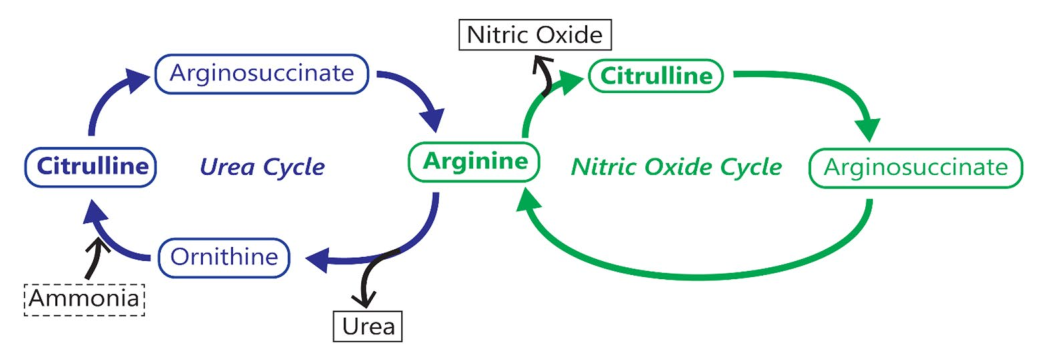
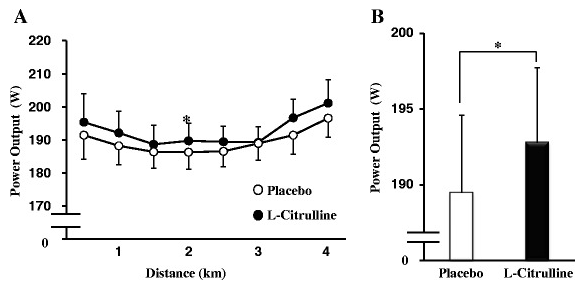
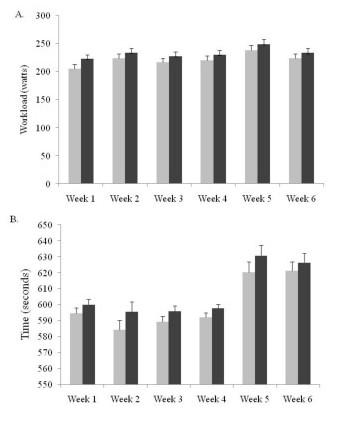

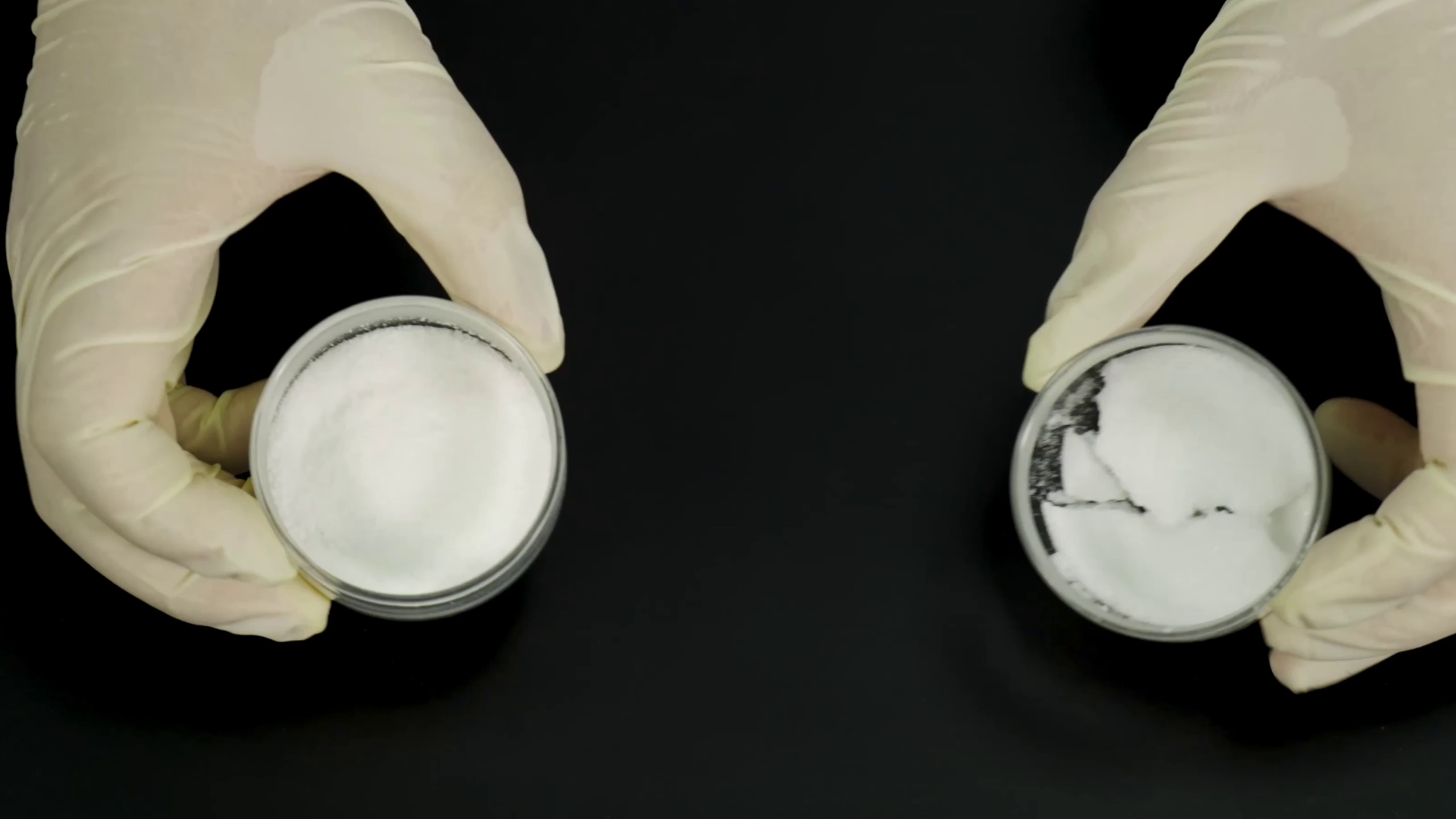

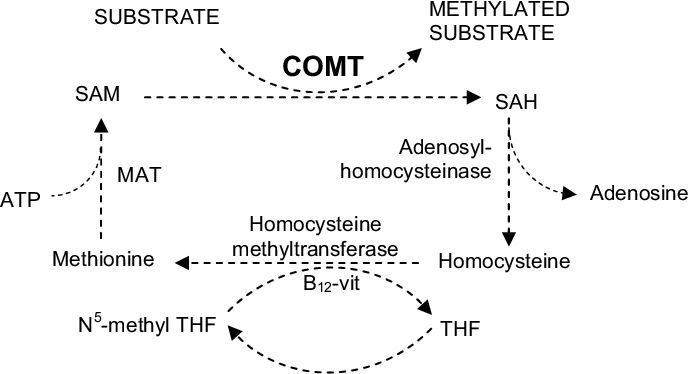
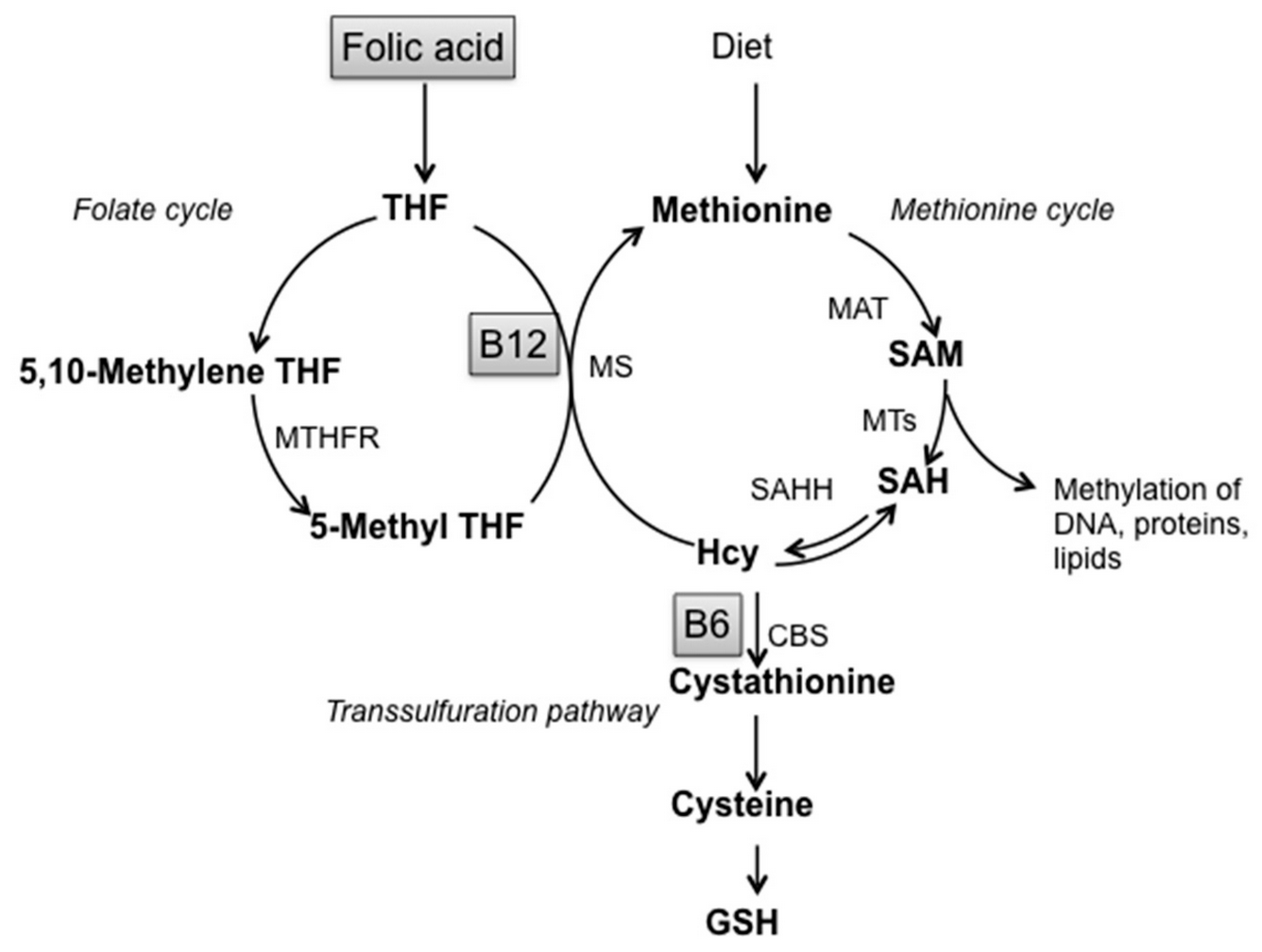
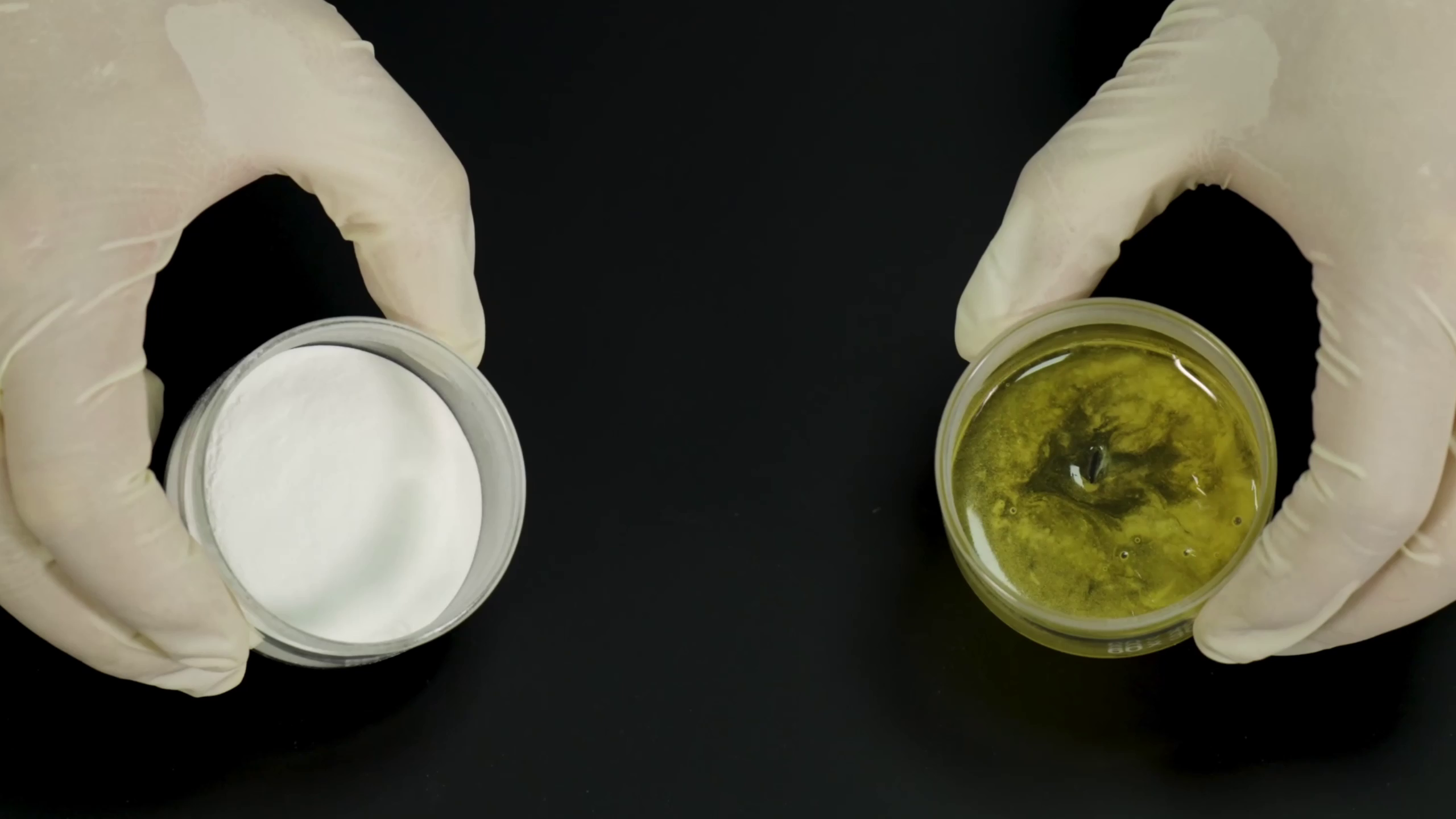
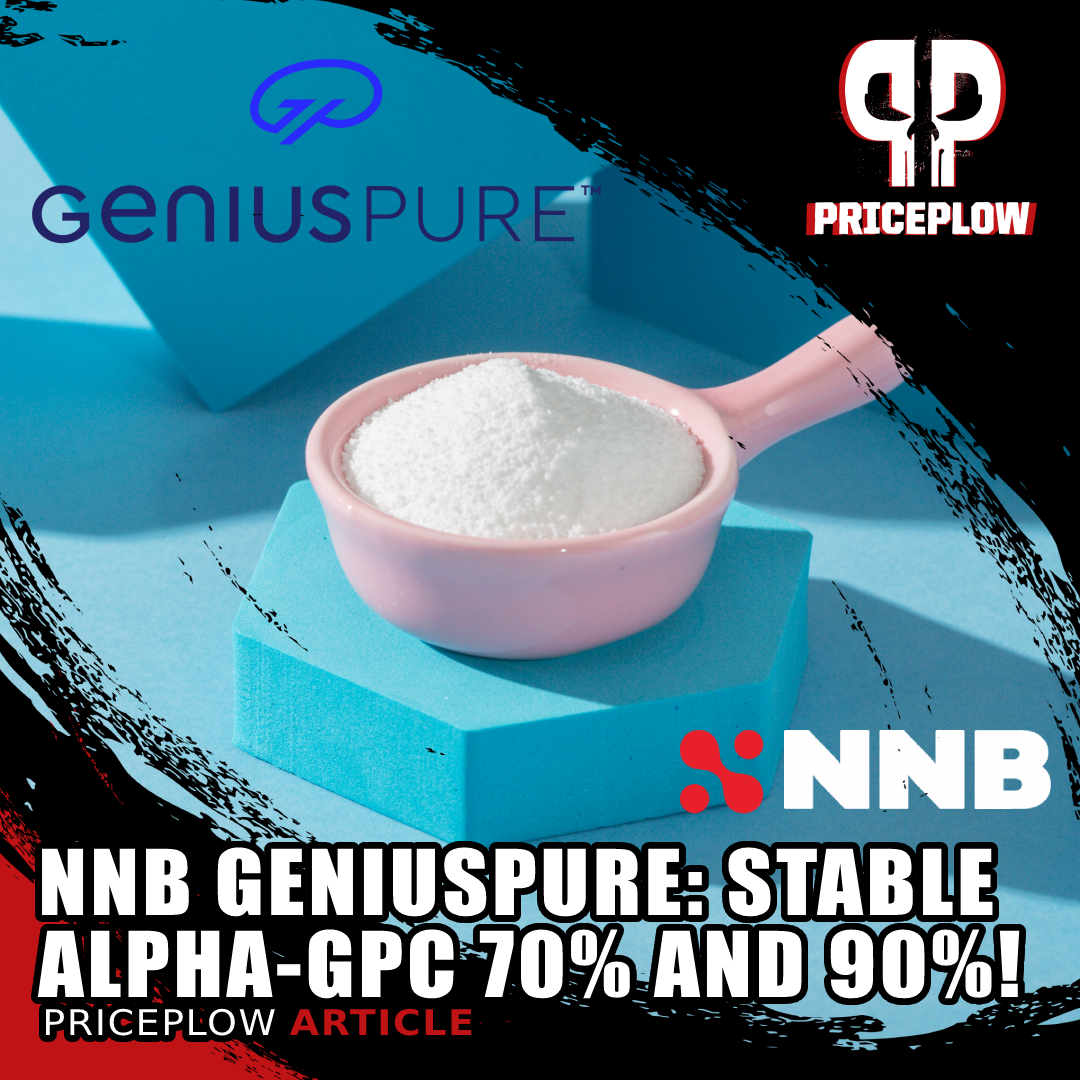

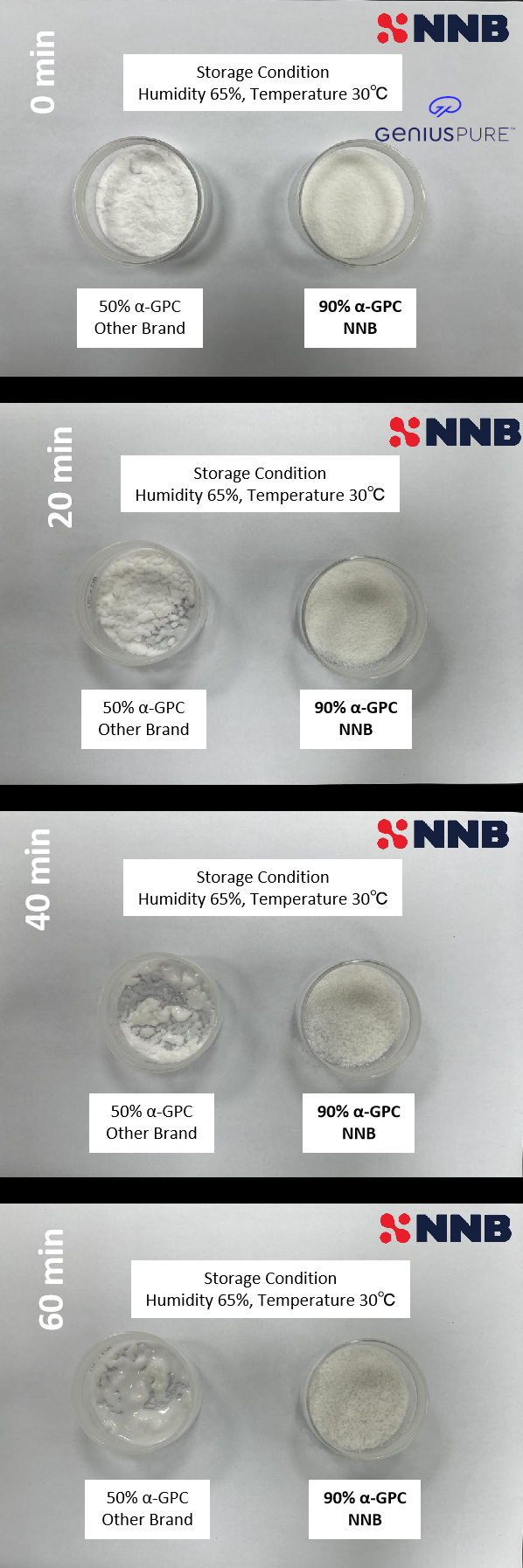
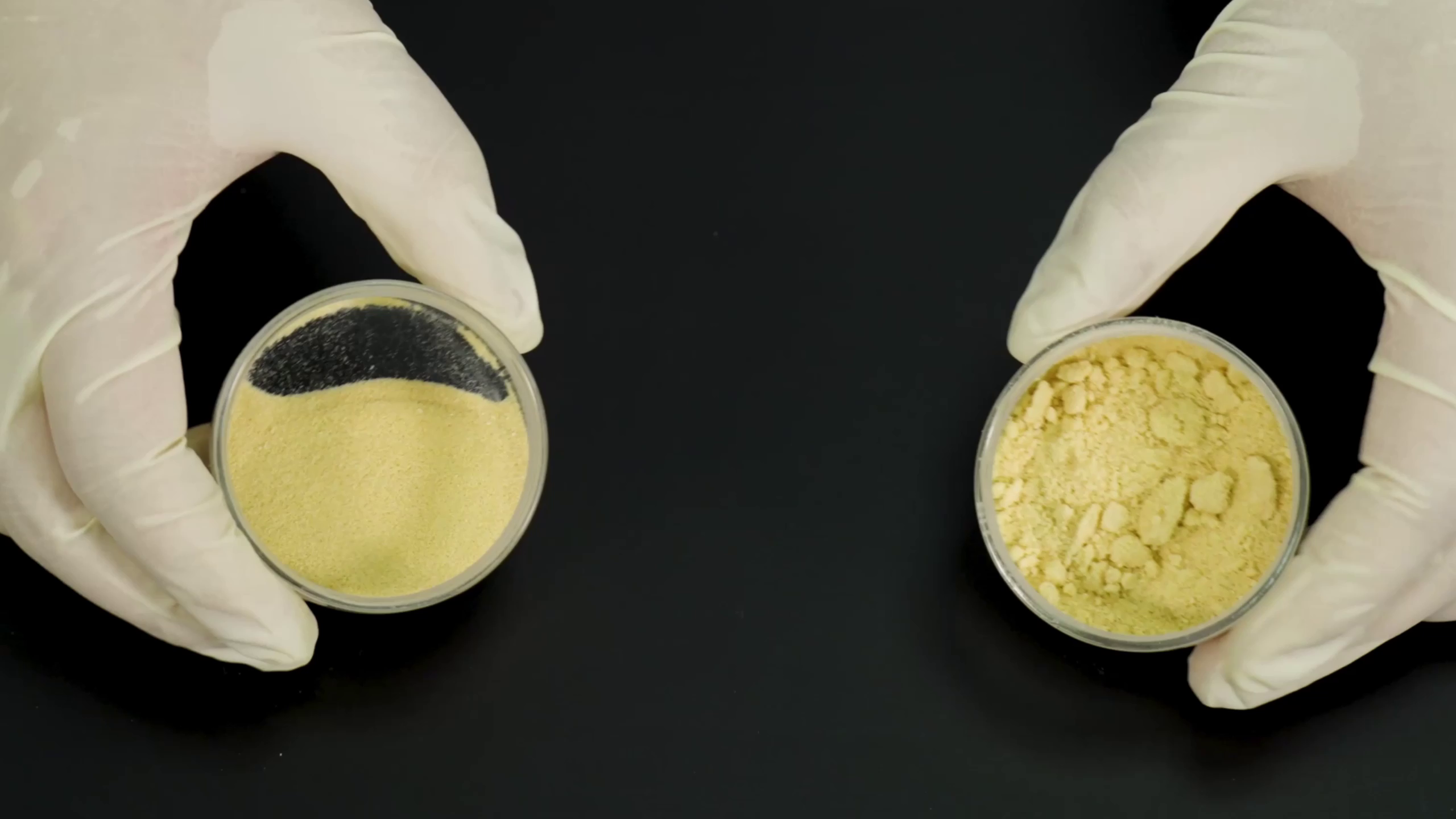


Comments and Discussion (Powered by the PricePlow Forum)